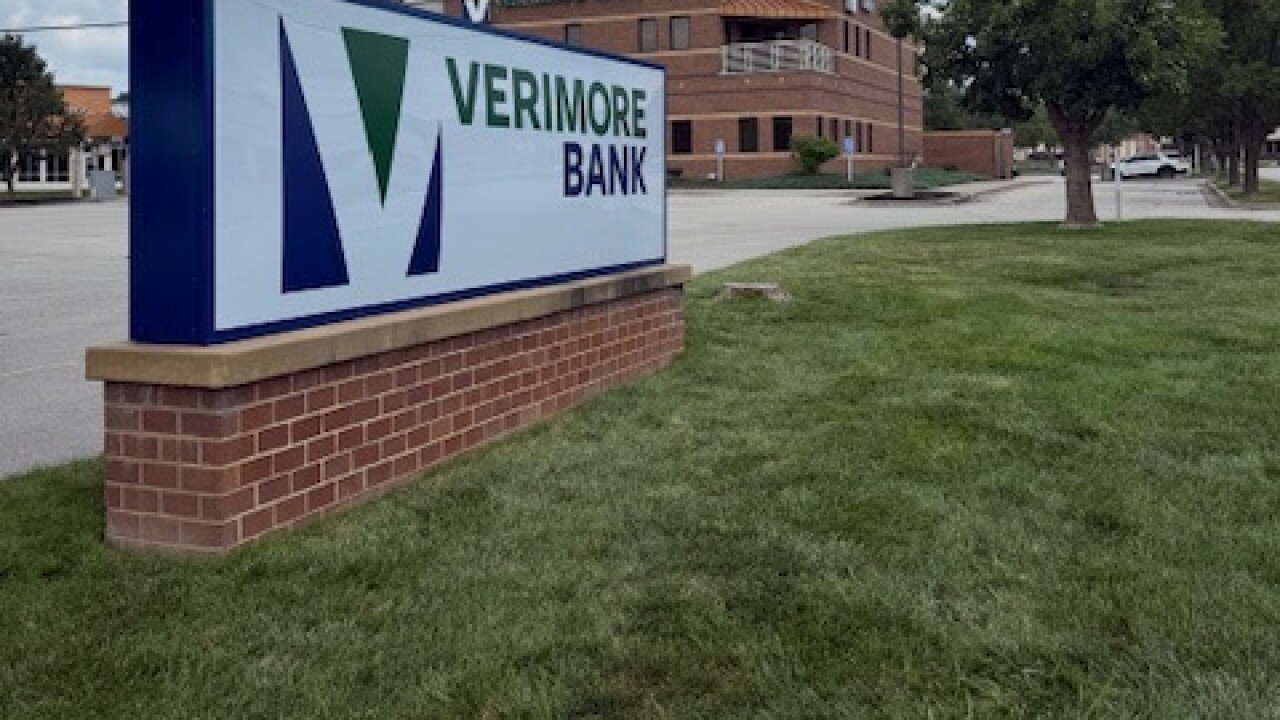The Consumer Financial Protection Bureau has published a new "frequently asked questions" tool to help mortgage lenders with TILA-RESPA integrated disclosures compliance.
While limited in scope, the
The FAQ consists of four questions, three of which cover the issuing of

In particular, the FAQ clarifies for lenders that the "No Wait for Lower Mortgage Rates" section of the Dodd-Frank reform bill applies to TRID and that a new disclosure is not needed if the annual percentage rate is inaccurate because the finance charge was overstated.
This FAQ, however, does not create a substitute for lenders to review the Truth-in-Lending Act, the Real Estate Settlement Procedures Act, Regulation Z or any official interpretations,
When the TRID rules were first rolled out under then-CFPB Director Richard Cordray, the agency answered industry questions regarding compliance through a series of informal opinions.
That lack of formal guidance about compliance has continued even with the implementation of those 2017 TRID revisions, in turn resulting in uncertainty regarding compliance.
TRID errors remain the most prevalent





